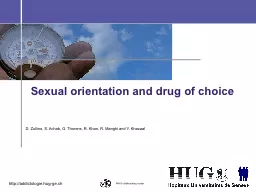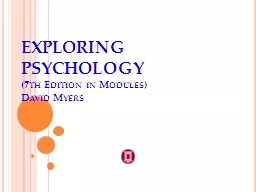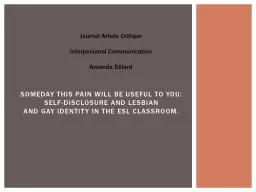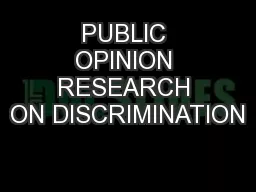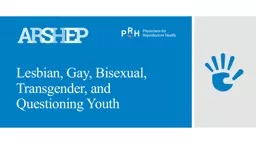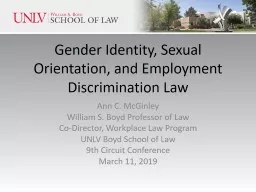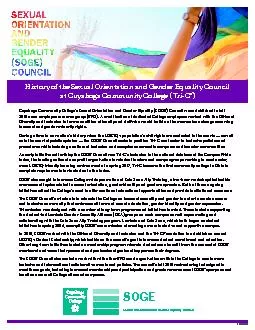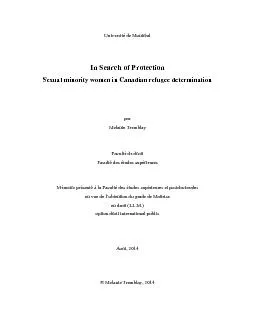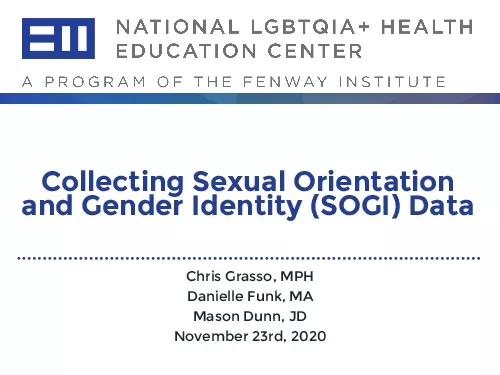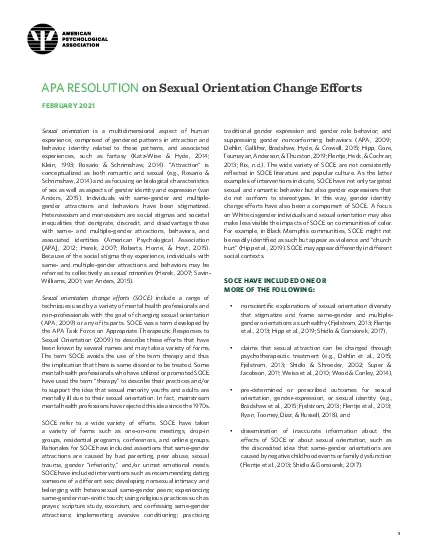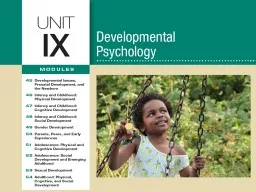PPT-Sexual orientation and drug of choice
Author : debby-jeon | Published Date : 2016-05-07
D Zullino S Achab G Thorens R Khan R Manghi and Y Khazaal WHO collaborating center Introduction Substance use problems usually found to be more prevalent in
Presentation Embed Code
Download Presentation
Download Presentation The PPT/PDF document "Sexual orientation and drug of choice" is the property of its rightful owner. Permission is granted to download and print the materials on this website for personal, non-commercial use only, and to display it on your personal computer provided you do not modify the materials and that you retain all copyright notices contained in the materials. By downloading content from our website, you accept the terms of this agreement.
Sexual orientation and drug of choice: Transcript
Download Rules Of Document
"Sexual orientation and drug of choice"The content belongs to its owner. You may download and print it for personal use, without modification, and keep all copyright notices. By downloading, you agree to these terms.
Related Documents

